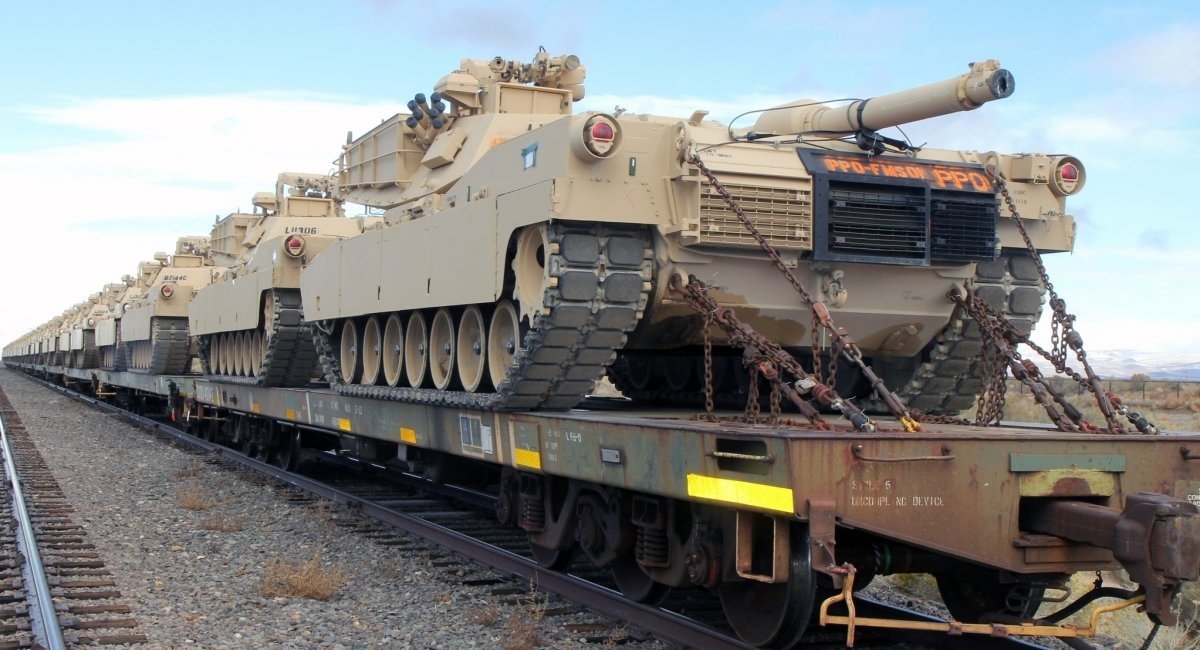Confiscating $300 billion in frozen Russian assets would provide Ukraine with a reliable and lasting financial cushion. It is evident, as total military assistance over the past two years is just $149 billion from all partners, including the US, according to the Kiel Institute for the World Economy, considered the best tracker of international aid to Ukraine.
However, how exactly will this money help Ukraine win the war against Russia? The answer is not obvious, but Euromaidan Press has searched for the answer.
While the ethical, economic, and legal arguments for confiscation are well-known, Western countries remain cautious. The EU has decided to provide Ukraine with $3 billion annually from the proceeds of frozen Russian funds, and the G7 approved a one-time $50 billion loan to be repaid from the same proceeds.
Kyiv continues to push for full confiscation, and for a good reason: the entire body of frozen Russian assets would go a long way toward funding Ukraine’s fight. Euromaidan Press consulted Ukrainian defense expert Ivan Kyrychevskyi to determine how many air defense systems, jets, and tanks could be purchased for Ukraine's military with $300 billion and how this would contribute to victory.
A 5-year security cushion for Ukraine
According to the Stockholm International Peace Research Institute (SIPRI), Ukraine's actual defense spending in 2023 reached $64.8 billion, significantly higher than the officially stated figure of $40 billion.
"If we take SIPRI's estimate as the upper limit and compare it to these $300 billion, it turns out that the confiscated Russian assets could potentially provide Ukraine with a security cushion for 5 years," Ukrainian defense expert Ivan Kyrychevskyi told Euromaidan Press.
However, the $300 billion alone is not a guaranteed recipe for victory in the war, as money is just one component. Moreover, it is uncertain what portion of these assets is readily available and can be immediately directed toward purchasing weapons for Ukraine. It is likely that not all of these assets can be quickly converted into cash.
Even with available funds, buying weapons is not straightforward. They must be physically available, and if an Abrams tank, which according to Reuters costs $10 million per unit, is not available for purchase, the money will not help.
Another issue is that due to the rapid increase in demand, prices for military equipment, including old equipment, are rising dramatically.
"It is difficult to provide specific figures now because Ukraine is in a situation where it needs everything and as much as possible," Kyrychevskyi notes.
Air defense systems
According to President Zelenskyy, to fully secure Ukraine's airspace, Kyiv needs 25 Patriot air defense systems or equivalents. However, since each system must be individually requested, Kyiv is currently focused on obtaining 7 Patriots.
"To fully cover Ukraine, it would be ideal to have 25 Patriot systems with 6-8 batteries each. All our partners are well aware of this and even know the exact locations where the systems should be deployed," Zelenskyy stated in April on Ukrainian TV.
Moreover, due to the structural shortcomings of the Patriot system, one launcher is not enough to protect an object. Its radar has limited angles of view, so even more radars are needed. To cover one target, a fire unit up to 8 launchers is required. For example, in 2020-2021, according to Ukrainian army calculations, 4 fire units were needed to protect Kyiv.
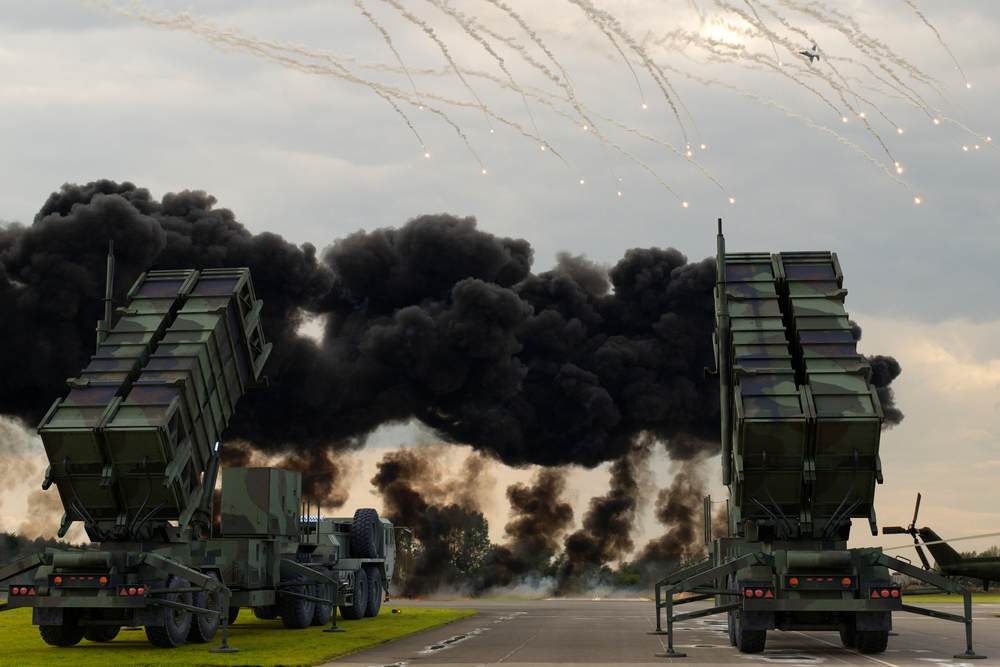
In April, Ukrainian Foreign Minister Dmytro Kuleba said that his team has identified more than 100 available Patriots, with some neighboring countries having more than one battery guarding ports or airfields.
“I’m sorry to spoil the birthday party, but who can believe that the mightiest military alliance in the world cannot find seven batteries of Patriots to provide them to the only country in the world that is fighting ballistic attacks every day?” Kuleba said during a meeting in Brussels marking NATO’s 75th anniversary.
Defense expert Kyrychevskyi explains that the situation is not that simple.
For example, Greece has 38 Patriot systems, but they are needed to address an unresolved conflict with Türkiye and to protect Saudi Arabian oil fields as part of agreements with the US. Similarly, France's 60 SAMP/T systems are committed to allied obligations worldwide. The US, with around 400 Patriots, has determined that this number is insufficient against China or Russia.
"It turned out that the only Patriots that are idle and literally gathering dust are in Romania. Three batteries. Therefore, the notion that there are hundreds of spare Patriots somewhere that no one is giving to Ukraine may be a miscalculation," Kyrychevskyi explains.
While the US manufacturer of Patriots, Lockheed Martin, would likely accept contracts from Ukraine, aided by confiscated Russian assets, production timelines are long.
"The production cycle of an air defense system can take up to two years, but this way, Ukraine could prepare a safety cushion for when Soviet air defense systems can no longer function in any format," says Kyrychevskyi.
According to the analyst, before the invasion Ukraine had 250 S-300 and 50 Buk air defense systems, which are gradually failing due to a lack of spare parts and missiles. To extend their life and increase efficiency, the American-Ukrainian FrankenSam program was launched in 2023 to create hybrids by installing Western components on Soviet equipment or retrofitting them to launch Western missiles.
For example, a Patriot launch unit is installed on Soviet air defense systems to allow them to cover a larger area. Other options include American AIM-7/RIM-7 missiles on the Buk system or combining Patriot missiles and launch units with Ukrainian radars.
"FrankenSam is a temporary solution, as the aging equipment has a finite lifespan. Ultimately, Ukraine's entire old air defense infrastructure must be replaced with modern systems, which would require an investment of around $300 billion to properly fortify our long-term air defenses - an obvious necessity that has gone largely unstated," notes Kyrychevskyi.
Ukraine could also benefit from the THAAD anti-ballistic missile system, which Kyiv has long been requesting from the US. It is designed to intercept ballistic missiles at ranges up to 200 km and altitudes up to 100-150 km. THAAD is extremely expensive - $2 billion per battery. Therefore, its only export customer so far is Saudi Arabia. Even South Korea could not afford to buy THAAD.
"Long-term weapons contracts for Ukraine would ensure a steady supply of arms and support Western defense industries. This is crucial, as there is a clear challenge in financing Ukraine's defense sector after the war when the current intensive weapons supplies from the West cease," explains Kyrychevskyi.
Ammunition
Precise data on the Ukrainian military's size, needs, and provisions are currently classified. However, some insights have emerged publicly. In February 2023, former Minister of Defense Oleksii Reznikov provided a glimpse into the number of rounds needed by Ukraine to sustain its defense efforts.
"If we calculate the amount of small arms ammunition in 5.45 caliber (for assault rifles) based on official standards, we would need to purchase and stockpile 64 billion rounds. Considering that the world's population is 8 billion people. In monetary terms, that's $27 billion. Just for the ammunition," Reznikov explained.
64 billion rounds is completely unrealistic: that many don't exist and won't be produced, Kyrychevskyi says.
In November 2023, Ukrainian officials informed Pentagon chief Lloyd Austin during his Kyiv visit that Ukraine requires 17 million artillery shells (Russia or even China do not have that much), and deoccupying all of Ukraine would cost $350-400 billion in forces and resources.
These numbers stem from military doctrines outlining ammunition expenditures for objectives.
"To destroy an enemy platoon position by Soviet standards, 1,000 152mm rounds are needed. Using more accurate 155mm shells could reduce this, but it's clear: eliminating even small enemy positions requires immense artillery ammunition volumes," Kyrychevskyi explains.
Moreover, the rising drone warfare intensifies munitions demands.
Trending Now
"The war's totality means Ukrainian military needs may surpass the world's greatest militaries. However, funding it is crucial," the analyst states.
Tanks
According to The Military Balance, an annual assessment of military capabilities and defense economics by the International Institute for Strategic Studies (IISS), Ukraine had 858 tanks for its army of approximately 1 million at the time of Russia’s full-scale invasion, while Russia had as many as 13,700 tanks.
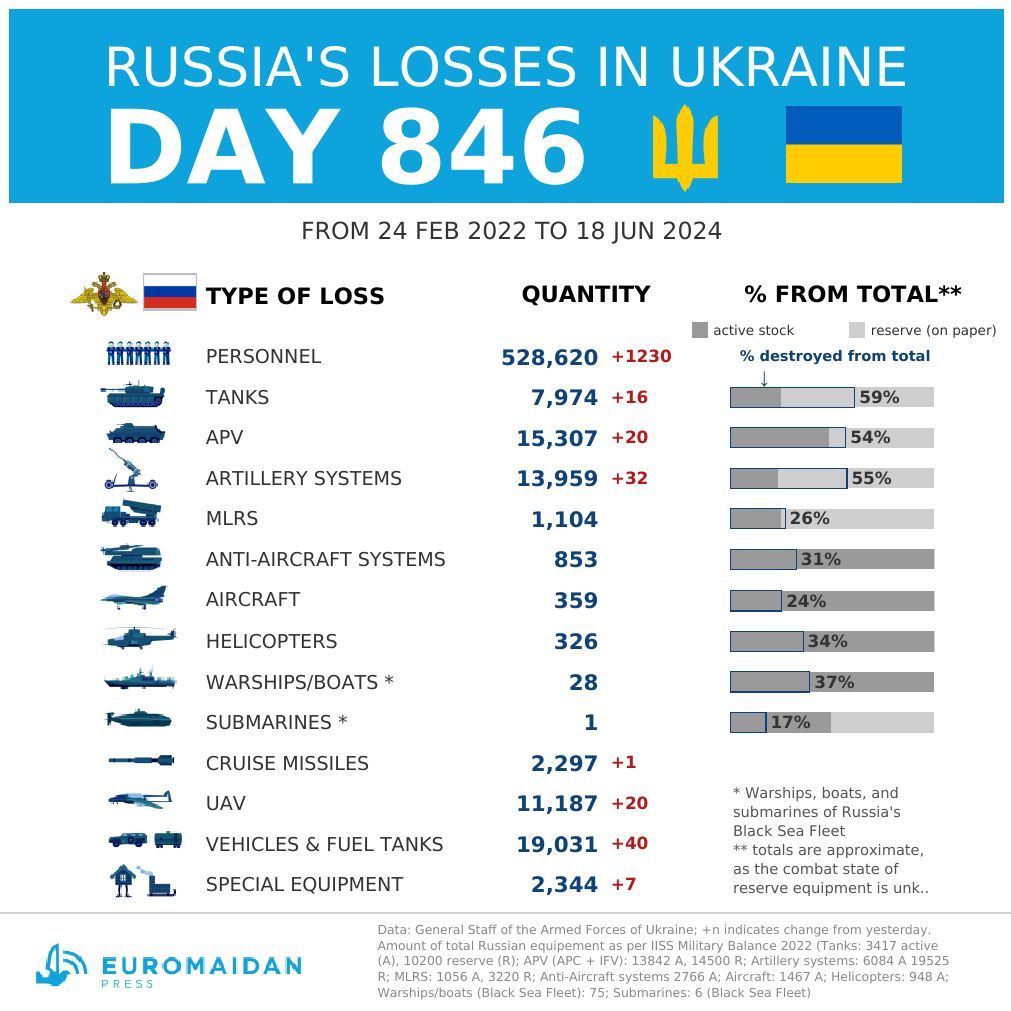
A Ukrainian tank battalion consists of 31 vehicles, while some NATO countries believe 44 tanks are insufficient and that 56 are needed.
"It is necessary to increase the existing tank fleet by one and a half to two times, and our allies know the real number of Ukrainian tanks very well," says the analyst.
The cost of a Leopard-2 tank for German taxpayers in the 80s and 90s was €2 million per unit. Now, the same refurbished and restored Leopard-2 is being sold for €40 million. Similarly, the price of the American Abrams tank has increased from $10 million to $50 million per unit.
The prices of Indian Arjun and South Korean K2 Black Panther tanks have also risen significantly due to a sharp increase in demand, despite plans to close their production.
For comparison, a US Army mechanized brigade has around 100 Abrams tanks and 120 Bradley IFVs. The entire US Army, with 426,000 personnel, has at least 2,500 Abrams tanks and several thousand Bradleys.
To build an offensive force that can achieve superiority in numbers and firepower, Ukraine must strive for the ideal standard: the US Army's level of equipment.
“While the exact numbers between our current level and the US Army's can be discussed based on needs and realistic possibilities, one thing is clear. Without meeting Ukraine's needs to the fullest extent possible, it is unrealistic to expect readiness for a successful counteroffensive with a mere 50 Leopard tanks," Kyrychevskyi explained.
Tanks are essential for both offensive and defensive operations. Ukraine is currently utilizing old German Leopard-1 tanks in its defense, which, despite having poor protection, are well-suited for defensive roles.
Aircraft
In May, President Zelenskyy stated Ukraine needs 120-130 modern jets to attain air parity with Russia's 300 fighters.
With $300 billion, Ukraine could secure prospective long-term contracts for advanced military equipment with multi-year production timelines.
For instance, securing the F-16 Viper fighters would cost around $1 billion per 10-12 aircraft squadron. Commercial orders for these are already backlogged until the 2030s.
"The F-16s from Europe will last a maximum of 10 years in the war. So Ukraine must get in line now for new aircraft production runs. Long-term contracts could provide significant fighter numbers, not just one squadron like some Eastern European countries ordered with 2-3 year delays," Kyrychevskyi explains.
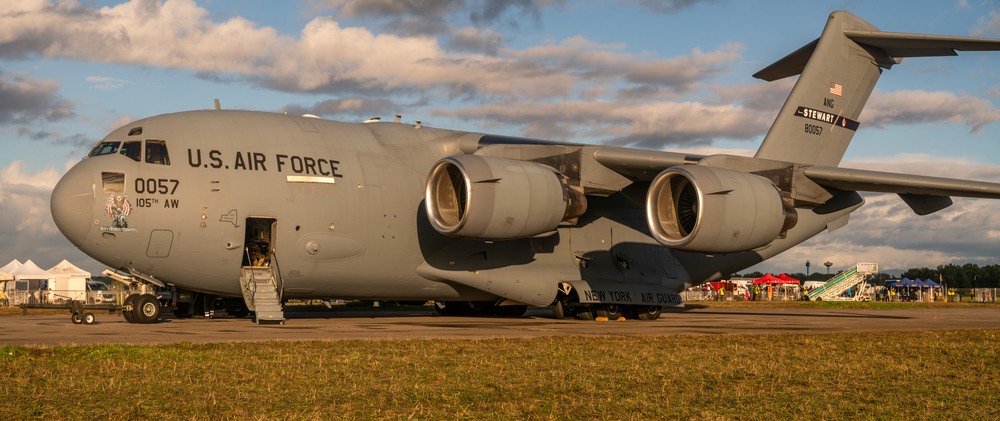
Ukraine has also long sought US Boeing C-17 strategic transport aircraft to bolster its aging airlift capabilities predating 2022. Moreover, early in the invasion, Kyiv requested 100 retired US Air Force A-10 Warthog attack jets from stockpiles.
"However, the Pentagon remained silent on those A-10s being essentially stripped for spares a decade ago to sustain the operational fleet," the analyst notes.
Shielding Ukraine from Western political volatility
As far-right politicians gain traction in Europe, concerns arise over their potential to cease military aid to Ukraine funded by EU member states' budgets. However, an interesting dynamic emerges - right-wing leaders' fondness for lucrative defense contracts.
Slovakia's pro-Russian PM Fico exemplifies this, stating no more free aid to Ukraine, yet Slovak defense firms continue commercial production of Zuzana-2 howitzers and 155mm ammunition for Ukrainian contracts.
"In fact, Slovakia has already given everything that could be given away for free. But no one has terminated the commercial contracts under which weapons for Ukraine are being produced. The only limitation is that Slovakia cannot produce anything other than artillery," explains Kyrychevskyi.
Similarly, though Serbia verbally backs Russia, its reactive munitions still reach Ukrainian forces via third countries, highlighting defense dealings transcending political rhetoric.
Crucially, the confiscated $300 billion in Russian assets could insulate Ukraine's defense from Western political turbulence. This fund would sufficiently sustain arms procurement regardless of electoral shifts.
"Transferring resources from confiscated Russian assets to Ukraine's defense would create long-term military supply opportunities independent of any electoral cycles," the analyst says.
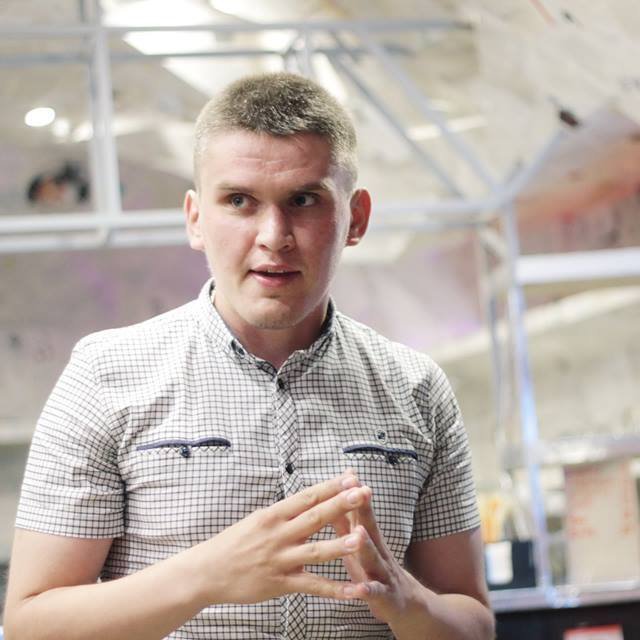
****
Securing the confiscated Russian assets for Ukraine's defense would be a game-changer, allowing the country to invest in long-term military contracts, modernize its air defense systems, and build a more formidable tank fleet. This financial stability would play a crucial role in Ukraine's efforts to counter Russian aggression and defend its sovereignty.
Read more:
- Ukraine ramps up anti-corruption safeguards ahead of potential $ 300bn Russian assets transfer
- Four reasons the West should finally seize Russia’s frozen assets for Ukraine
- Confiscating Russian assets to secure compensation for Ukraine
- Bloomberg: US proposes $50 billion bond to support Ukraine with frozen Russian assets
- Austrian chancellor opposes using profits from frozen Russian assets to finance weapons for Ukraine
- EU aims to send €3bn annually for Ukraine from frozen Russian assets profit
- Why the West does not confiscate Russian frozen assets in Ukraine war

